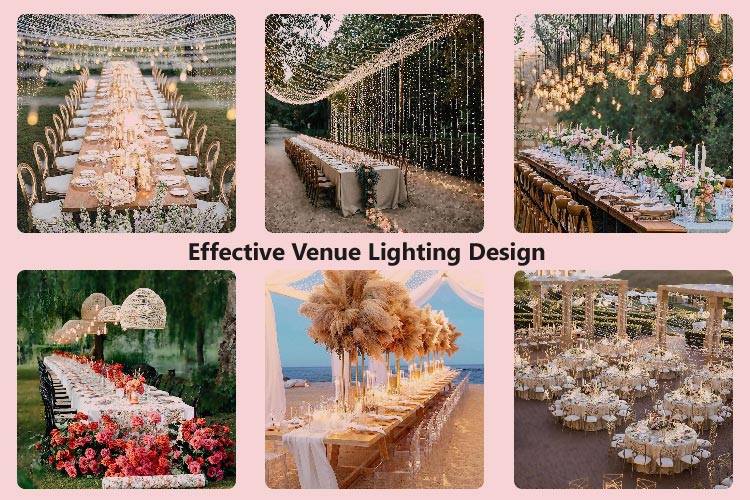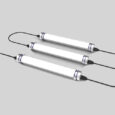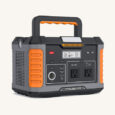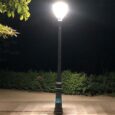As a venue owner, a sound and system engineer, or a lighting operator and programmer, you are always looking for more efficient and effective ways to execute your venue’s lighting strategy. It can be a lot of pressure to
make sure everything goes without a hitch after all, superb lighting goes far beyond merely illuminating a room! No matter the type of venue that you own or manage, there is a memorable way to transform the space
with lighting, as long as you keep these three best practices for efficient lighting design in mind!
1. Consider the Difference Between Indoor and Outdoor Lighting
When you are lighting a space indoors, you have almost infinite possibilities for impressive lighting design. You can, of course, utilize the standard overhead lighting that automatically accompanies a venue’s space; but, you can also employ some more innovative lighting design.
This may include projecting an elaborate light show on an entranceway, lining tables with LED candles, projecting your logo up on the wall, or stringing canopy lights over the windows. Outdoor lighting is a little more difficult and may demand a professional lighting company.
2. Think Outside the Box!
Thanks to technology and the skill of your system engineers and lighting operators, there is now a multitude of exciting options when it comes to lighting avenues.
You don’t always have to go back to the same old same old, and instead, you can customize your lighting to the mood and vibe of your venue and customers. Motorized lighting structures are the new thing on the block because they enthrall everyone who sees them.
Similarly, lasers are always a hit at nightclubs, as you can sync them to music, draw shapes on the roof, and light up the audience. Another popular option is LED Beams/Spots, which are moving lights that can transport your audience to another galaxy (or at least make them feel as though that has happened!). Consulting with a professional lighting specialist will help get your creative juices flowing and enable you to think outside the box!
While this all may seem like a lot of moving parts (and it is!), employing remote-controlled lighting is a fantastic way to control an entire lighting schedule seamlessly. Alternatively, intelligent lights are controlled by a separate computer that can be moved or altered by a lighting operator.
3. Keep the Venue’s Parameters in Mind
While we are all getting rather excited about the abundance of creative ideas that lighting design can prompt, you also have to keep in mind a venue’s parameters and your preferences. It is much easier to create a vibrant and engaging atmosphere when the venue’s layout and focus areas allow for fantastic lighting. A talented vendor will be able to know what types of light a venue can handle and how to respect the space.
Every space has a compositional rhythm of its own and lighting should seek to collaborate with it, not dominate or undermine it. That being said, don’t forget that one of the most desired effects of lighting is to make things “disappear.” a venue may very well have aspects that desperately need to be hidden or camouflaged. Remember that venue lighting isn’t just about being creative (although that is the most fun part), it is also about balancing budgets, production details, timelines, and personnel. Safety also has to be a significant consideration when designing a lighting scheme so the functional aspects must be prioritized just as much as the creative features.




